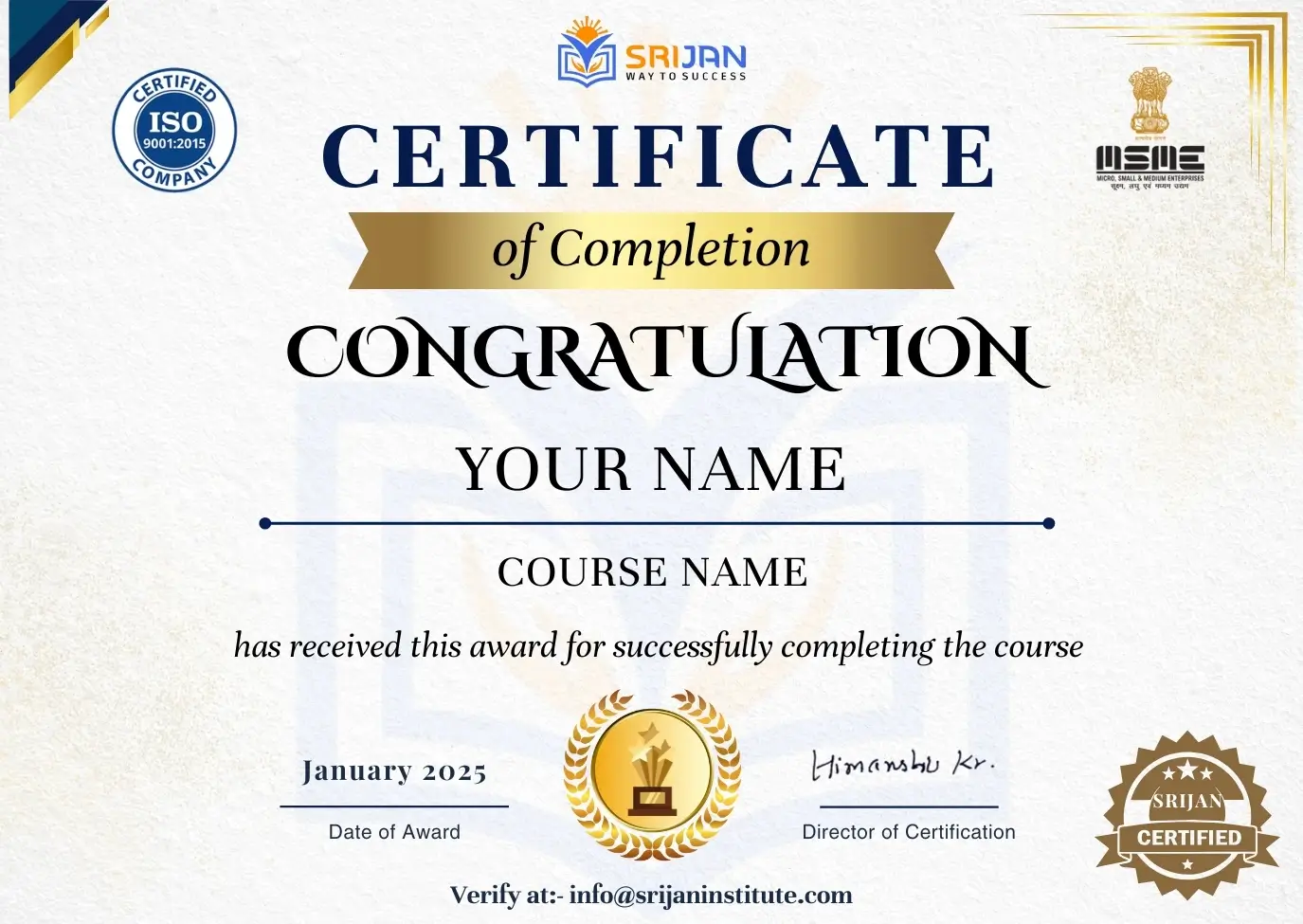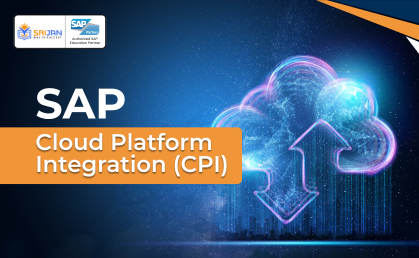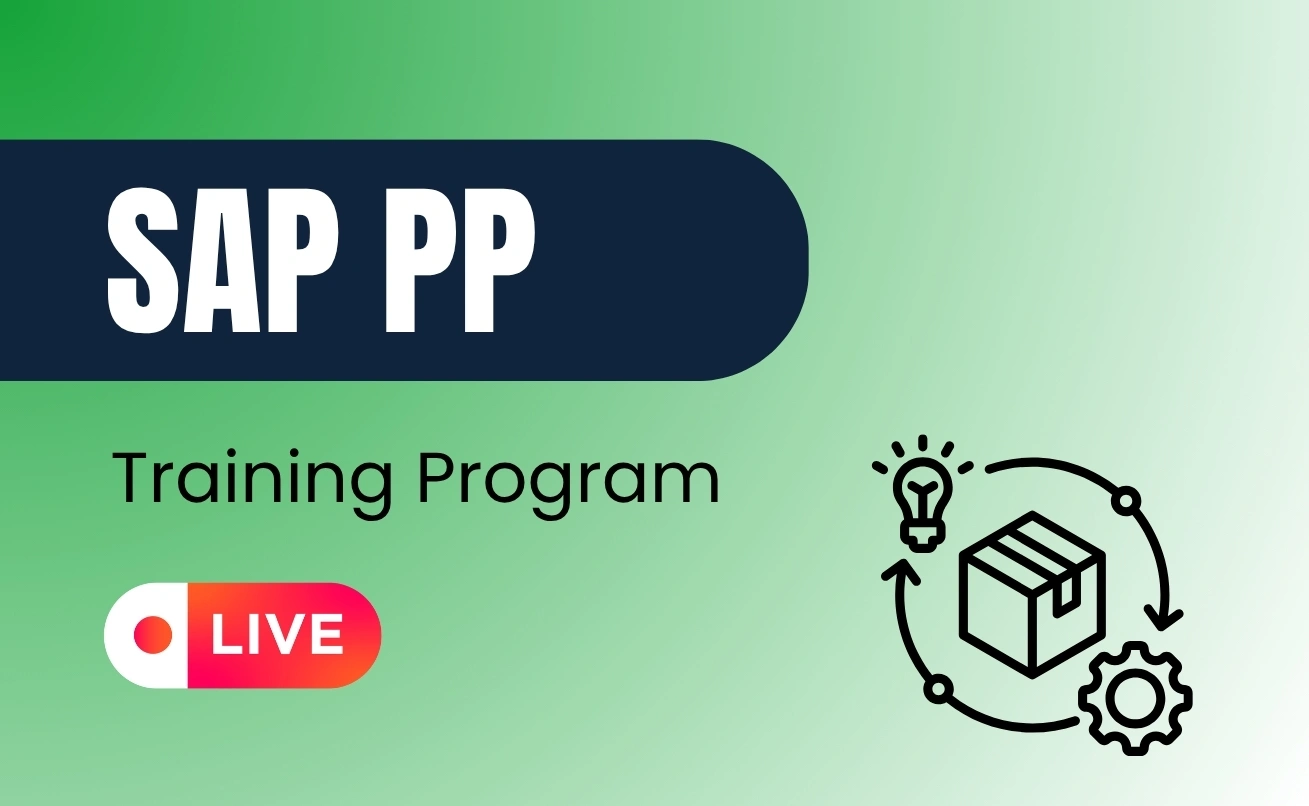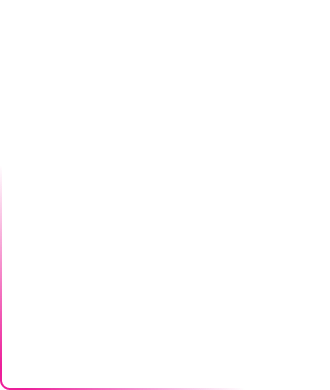In every company that makes products, like cars, clothes, or food — there’s one important flow called Production Planning (PP). It’s about making sure that products are made on time, in the right quantity, and with the right materials. To manage all this properly, companies use the best software called SAP PP (Production Planning).
If you want to make a career in manufacturing, supply chain, or production management, the SAP PP course online is the best choice. This course helps you understand how production works in big companies and how SAP courses make it faster and more proper. You can learn everything step by step, even if you are a complete fresher.
What is SAP PP Course Online?
SAP PP stands for Systems, Apps, and Products – Production Planning. It is a main part of the SAP ERP system used by big companies to plan and manage production flow.
With the SAP PP course online, companies can manage all production tasks from planning, checking materials, and planning resources, to ensure timely product delivery. It helps businesses make sure they never run out of raw materials, avoid product delays, and promises high product quality.
In simple words, SAP PP course online helps companies work smarter by connecting people, machines, and data in one place.
Why Learn SAP PP course online?
Learning SAP PP course is a smart decision because production planning is the heart of every manufacturing business. Every company that sells goods — from small businesses to global brands — uses SAP PP to manage their production flow.
When you learn the SAP PP online course, you open the chances to many job opportunities in fields like automobiles, electronics, pharmaceuticals, food, and fashion. You can work in roles like:
- SAP PP Consultant
- Production Planner
- SAP Functional Analyst
- Supply Chain Executive
The demand for professionals who know SAP PP courses online is always growing. Learning it not only helps you understand how production works but also gives you the technical skills to manage it efficiently using one of the world’s top business software systems.
What You Will Learn in the SAP PP Course Online
The SAP PP course content is designed in a simple and practical way so that learners from any background can understand it easily. You’ll start by learning the basics and slowly move to advanced topics with real-time examples.
Here’s what you’ll learn in the course:
You’ll start with an introduction to SAP and ERP systems, understanding how different courses like SAP MM (Materials Management), SAP SD (Sales and Distribution), and PP work together. Then you’ll learn how production planning mixes into the whole business process.
Next, you’ll learn Master Data, which includes important parts like Bill of materials, Work flows, and Routing. These are the main blocks of production. For example, BOM shows all the raw materials needed to make a product, while Routing shows the steps or things needed to make it.
Then comes Material Requirement Planning, one of the most important topics. MRP helps plan when and how much raw material should be purchased or produced to avoid shortages. You’ll learn how to run MRP in SAP and understand its reports.
You’ll also learn about Capacity Planning, which ensures that machines and workers are not overloaded and can complete production on time.
Finally, the course includes Production Orders, Order Confirmation and shipping, and Floor Control, where you learn how production is checked in, from start to finish.
By the end of the course, you’ll be able to handle a complete production process using SAP PP properly.
SAP PP Online Training in India
In India, many institutes provide SAP PP online training with experienced teachers. You can learn from home using your laptop or mobile.
Online classes are flexible — you can learn in your free time at your own speed, watch recorded videos, and ask questions during live sessions.
Most institutes also help with job support, resume building, and interview preparation so that you can start your career after training.
Who Can Join the SAP PP Course?
Anyone who is interested in how products are made can join this course!
You can join if you are:
- A student or fresher who wants to start a career.
- A working person who wants to grow in the manufacturing or SAP field.
- Someone from engineering, commerce, or management background.
You don’t need to know programming or have special computer skills. The course is taught in very simple language with easy examples, so anyone can learn.
Benefits of Learning SAP PP
Learning SAP PP gives you many benefits. Here are a few:
- You learn how companies make and manage products.
- You understand how to plan materials and machines.
- You get good job opportunities in India and abroad.
- You can earn a high salary.
- You become more confident and skilled in business planning.
SAP PP is one of the best skills for anyone who wants to work in production, supply chain, or logistics.
Conclusion
The SAP PP Course Online is an excellent choice if you want to understand how products are made and managed in big companies.
It teaches you everything — from planning materials to completing production orders. The course is simple, beginner-friendly, and includes practical learning.
With online classes, you can study at your own speed, practice real examples, and get a valuable certificate.
If you think of working in factories, manufacturing, or business planning, learning SAP PP online is the best way to start your journey.
You don’t need to be an expert — just start learning with interest and consistency, and you’ll soon become confident in one of the most useful SAP modules in the world.
The fee for SAP PP(Production Planning) training can vary depending on several factors such as the location, duration of the course, training format, and level of expertise. SAP offers various training options for MM, including instructor-led courses, e-learning courses, and virtual live classrooms.
For More details you can Register
SAP PP(Production Planning) Certification:
SAP PP (Production Planning) certification is a professional credential that demonstrates an individual's knowledge and skills in the SAP PP module. SAP offers two levels of certification for SAP PP:
1. SAP Certified Application Associate - Production Planning & Manufacturing with SAP ERP 6.0 EHP7: This certification validates the candidate's basic knowledge of production planning and manufacturing with SAP ERP. The exam consists of 80 multiple-choice questions and has a duration of 180 minutes. The passing score is 60%.
2. SAP Certified Application Professional - Production Planning & Manufacturing with SAP ERP 6.0 EHP7: This certification validates the candidate's advanced knowledge and skills in production planning and manufacturing with SAP ERP. The exam consists of 80 multiple-choice questions and has a duration of 180 minutes. The passing score is 60%.
To be eligible for SAP PP certification, candidates must have a minimum of two years of experience in a production or manufacturing environment and should have completed relevant SAP PP training. The cost of SAP PP certification varies by country and region, but generally ranges from $500 to $2,500 USD. Certification is valid for two years, after which candidates must renew their certification by passing a recertification exam or completing a specific number of continuing education units.
SAP PP(Production Planning) Curriculum:
1. Master Data
Material master configuration and use in production planning
Bill of material (BOM) configuration and use in production planning
Routings (task lists) configuration and use in production planning
Work centre configuration and use in production planning
2. Master Planning
Sales and Operations Planning
Demand Management planning strategies and planned independent requirements
Long-Term Planning
3. Sales and Operational Planning – SOP
Standard Planning
Planning with the Product Groups
Planning with the Materials
Product Group Aggregation and Desegregation
Creation of Plan and version management
Transfer of Plan to Demand Management
4. Planning Material Requirement
Master Production Scheduling procedure
Consumption based planning (re-order point planning, forecast-based & Time-phased)
Material requirement planning run configuration
Material requirement planning evaluation tools
5. Batch Management
Condition Tables
Access Sequence
Strategy Types
PP Batch Search Procedure
Batch Status in PP
Characteristics and class
SLED In Batch in PP
Manual And Automatic Batch Display In PP
Production orders creation using Batch
6. Variant Configuration in BOM and PP
Characteristics
Class
Classification
Classification settings in material master
Maintain Dependency
Configurable Profile for Material
7. Availability Check
Availability Check with ATP Logic or Against Planning
Capacity Planning
Capacity planning master data components
Capacity planning scheduling parameters
Available capacity determination
Capacity evaluation
8. Production Orders
Scheduling of production orders
Production order components
Production Resources & Tools (PRT's)
9. Discrete Manufacturing
Planned order structure
Production order types
Material staging and withdraw
Production confirmation
Goods movements
Goods Receipt WREF to Production Order
Goods Issue WREF to Production Order
Creation of GI WREF to Reservation
Restricting Goods Receipt Unless Production Order is Confirmed
Order settlement
10. Repetitive Manufacturing
Master Data
Planning
Planning Table
Pull List material staging
Back flushing
REM Backflushing
11. Reporting & Tools
Production planning reporting
Material requirement planning reporting
Maintenance of master data using mass change function
12. Integration of pp with other modules
MM
SD
QM
WM
FI
SAP PP(Production Planning) Interview Questions & Answers:
1. What is SAP PP?
A: SAP PP (Production Planning) is a module in the SAP ERP (Enterprise Resource Planning) system that is used to plan and manage production processes. It is used to create production plans, manage materials, and schedule production orders.
2. What are the different types of planning in SAP PP?
A: The different types of planning in SAP PP are Demand Management, Material Requirements Planning (MRP), Capacity Planning, and Production Planning.
3. What is MRP in SAP PP?
A: MRP (Material Requirements Planning) is a process in SAP PP that is used to determine the materials that are required to meet the production requirements. It considers the production plan, inventory levels, and other factors to generate a list of materials that need to be procured or produced.
4. What is a BOM in SAP PP?
A: A BOM (Bill of Materials) is a list of all the components and sub-assemblies required to manufacture a finished product. It is used in SAP PP to create production orders and to calculate the material requirements for production.
5. What is capacity planning in SAP PP?
A: Capacity planning is a process in SAP PP that is used to ensure that the production process has enough capacity to meet the production requirements. It considers factors such as the availability of resources, the production plan, and the capacity utilization to determine the capacity requirements.
6. What is a work center in SAP PP?
A: A work center is a physical location in SAP PP where production activities take place. It represents a machine, a group of machines, or a manual work station where production activities are carried out.
7. How do you create a production order in SAP PP?
A: To create a production order in SAP PP, you need to go to the Production Order screen and enter the relevant details such as the material, quantity, and production start date. You also need to specify the work center and the BOM that will be used for production.
8. How do you monitor the progress of a production order in SAP PP?
A: You can monitor the progress of a production order in SAP PP by going to the Production Order screen and checking the status of the order. You can also use the Shop Floor Control (SFC) system in SAP PP to monitor the progress of production activities in real-time.
9. What is the integration between SAP PP and other SAP modules?
A: SAP PP is integrated with other SAP modules such as MM (Materials Management), SD (Sales and Distribution), and FI (Financial Accounting). The integration ensures that data flows seamlessly between the modules and that the production planning process is integrated with other business processes.
10. What are some of the challenges in SAP PP implementation?
A: Some of the challenges in SAP PP implementation include ensuring data accuracy and consistency, customizing the system to suit business requirements, and ensuring user adoption and training.
11. What is the difference between make-to-order and make-to-stock production?
A: Make-to-order production is a type of production in which products are manufactured based on customer orders. In this type of production, the product is only produced when an order is received, and the production process is initiated only after the customer order is confirmed. Make-to-stock production, on the other hand, is a type of production in which products are manufactured in advance and kept in stock. These products are produced based on a forecast of the demand, and are available for immediate delivery to customers.
12. How does SAP PP integrate with quality management?
A:SAP PP integrates with Quality Management (QM) through the Quality Inspection process. In this process, the materials are inspected at various stages of the production process to ensure that they meet the quality standards. The results of the inspections are recorded in SAP QM, and are used to track the quality of the materials and the production process.
13. What is a routing in SAP PP?
A: A routing is a sequence of operations that are required to produce a product. It defines the order in which the operations are to be performed, the work centers where the operations are to be performed, and the time required to perform each operation. Routings are used in SAP PP to create production orders and to schedule the production process.
14. What is the difference between a planned order and a production order in SAP PP?
A: A planned order is a type of order that is used to plan the production process. It is created based on the material requirements generated by the MRP process. A production order, on the other hand, is a type of order that is used to initiate the production process. It is created based on the planned order, and specifies the details of the production process such as the material, quantity, and work center.
15. How do you configure a work center in SAP PP?
A: To configure a work center in SAP PP, you need to enter the relevant details such as the name, description, capacity, and availability of the work center. You also need to specify the cost center, the machine or equipment used at the work center, and the calendar that defines the working hours for the work center.
16. What is a production version in SAP PP?
A: A production version is a unique combination of a material and a BOM that is used for production. It is used to differentiate between different versions of the same product that are produced using different BOMs or using different production processes.
17. What is a lot size in SAP PP?
A: A lot size is the quantity of a material that is produced in a single production run. It is used in SAP PP to calculate the material requirements for production, and to determine the production schedule.
18. How do you monitor the inventory levels in SAP PP?
A: You can monitor the inventory levels in SAP PP by using the Material Requirements Planning (MRP) process. The MRP process calculates the material requirements based on the production plan, and compares it with the available inventory levels to determine the procurement or production requirements.
19. What is the difference between a production order and a process order in SAP PP?
A: A production order is used for discrete manufacturing, where a finished product is produced by assembling different components. A process order, on the other hand, is used for process manufacturing, where the raw materials are transformed into a finished product through a series of chemical or physical processes.
20. How do you use the capacity planning tool in SAP PP?
A: To use the capacity planning tool in SAP PP, you need to define the capacity requirements for the production process. You can do this by specifying the work centers, the production orders, and the production times for each operation. The capacity planning tool will then calculate the capacity utilization and identify any bottlenecks in the production process
Participants will have 24/7 access to our online lab, providing hands-on experience with SAP PP tools and scenarios.
This includes server access to S/4 HANA 2023 for 1 year, ensuring you have ample time to practice and apply your skills in a real-world environment.
With this extended access, you can work on projects, explore advanced features, and solidify your understanding of SAP PP in the latest SAP S/4 HANA version.
0
Satisfied Students0
Years of Excellence0
Practical TrainingCourse Certification
SAP PP(Production Planning) Certification:
SAP PP (Production Planning) certification is a professional credential that demonstrates an individual's knowledge and skills in the SAP PP module. SAP offers two levels of certification for SAP PP:
1. SAP Certified Application Associate - Production Planning & Manufacturing with SAP ERP 6.0 EHP7: This certification validates the candidate's basic knowledge of production planning and manufacturing with SAP ERP. The exam consists of 80 multiple-choice questions and has a duration of 180 minutes. The passing score is 60%.
2. SAP Certified Application Professional - Production Planning & Manufacturing with SAP ERP 6.0 EHP7: This certification validates the candidate's advanced knowledge and skills in production planning and manufacturing with SAP ERP. The exam consists of 80 multiple-choice questions and has a duration of 180 minutes. The passing score is 60%.
To be eligible for SAP PP certification, candidates must have a minimum of two years of experience in a production or manufacturing environment and should have completed relevant SAP PP training. The cost of SAP PP certification varies by country and region, but generally ranges from $500 to $2,500 USD. Certification is valid for two years, after which candidates must renew their certification by passing a recertification exam or completing a specific number of continuing education units.

Our Hiring Partners
Our Popular Instructors
Meet our most talented and popular instructors

Mr. Manoj Pandey
SAP| MM| EWM|Ariba|erSAP Global Certified|SAP Consultant

Mr. Amrit Raj
Full Stack SAP Developer CUM ABAP On HANA Trainer | SAP BTP Developer | Full Stack Developer | ERP & Data Science| SAP Global Certified

Mr. Sudheer Sharma
SAP| FICO|Trainer|SAP Consultant

Priyanshu Panday
SAP Basis and Security Consultant

Buddhi Vishwas
SAP HCM and SAP Successfactor Consultant | Payroll | RCM | Employee Central
Choose Us
Why Choose Our SAP PP Course
-
01
Wide Curriculum Framework: Our SAP PP Training covers production planning, scheduling, and shop floor control. The contents of our SAP PP course are based on the course requirements for Manufacturing Certification.
-
02
Practical Training: Hands-on projects and simulations help you have a better understanding of the course with real case applications. This will certainly make you job-ready with hands-on skills in production planning.
-
03
Expert Instructors: Certificated SAP trainers break down the PP’s processes into digestible lessons. Their help will guide you to be certified and to a successful career.
Choose Your SAP PP Course Learning Plan
Pick the SAP PP Course batch that best fits your schedule—ongoing, upcoming, and recorded options.
On-Going Batch
- First Batch Start Date: 11th November 2025
- Second Batch Start Date: 25th November 2025
($676)
Upcoming Batch
- First Batch Start Date: 9th December 2025
- Second Batch Start Date: 23rd December 2025
($676)
Learn At Your Own Pace
Self Paced Videos
Learn anytime, anywhere with our curated recorded courses
SAP PP Course FAQs
You will learn about planning, scheduling, making projects, and managing materials. It covers everything. Needed to control the production process.
Yes, you can easily take this course online anytime, even if you are working full-time.
Yes, we give real examples and projects so you can learn by doing them.
Level Up Your Skills with Our SAP PP Course Today!
Unlock Your Career Potential with Our SAP PP Course and Start Learning Today and Gain the Skills Employers Demand!















